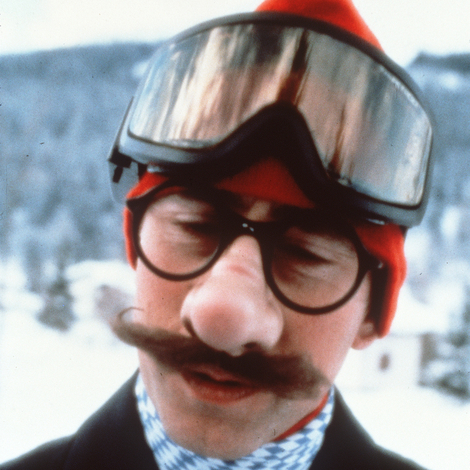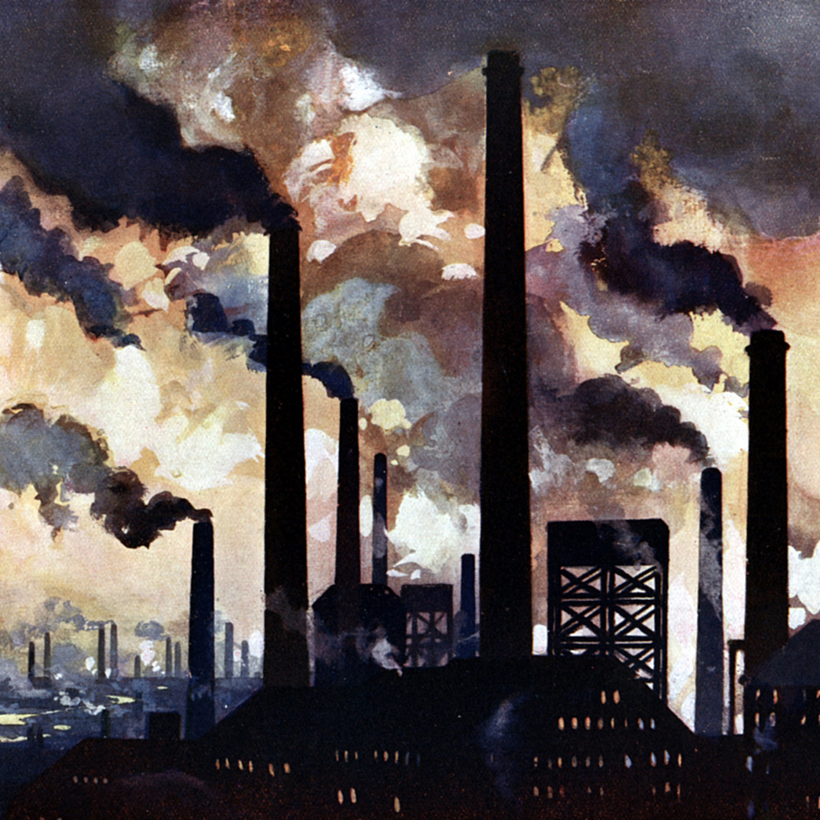There’s a clipping from a 1912 New Zealand newspaper that goes viral every now and again. Noting that “the furnaces of the world” were now getting through two billion tons of coal annually, it muses whether the resulting carbon-dioxide emissions were creating a sort of blanket for the earth, causing our climate to warm.
There’d been a similar piece in an Australian paper a few weeks before, and both seem to have followed a larger feature in Popular Mechanics magazine that spring. Aware of “a general impression among older men” that the “good old-fashioned winters” they knew in their youth were no more, the author had gone digging in the weather records.
He also referred to an idea put forward a decade or so earlier, by the Swedish scientist Svante Arrhenius, that the burning of coal might, some time in the future, emit enough carbon dioxide to raise global temperatures by several degrees Celsius.
Arrhenius was a prominent scientist, a Nobel Prize winner, but this idea was far from mainstream. Lab research seemed to refute it, and experts tended to believe the oceans would absorb any carbon emissions from fossil fuels. And yet, it did seem to be getting warmer.
There was “a general impression among older men” that the “good old-fashioned winters” they knew in their youth were no more.
A few months after that Popular Mechanics piece, Scientific American quoted Wisconsin geologist Charles Van Hise’s 1904 book, A Treatise on Metamorphism, which also referred to Arrhenius and suggested humans could raise global temperatures if they continued to fill the atmosphere with carbon dioxide.
Van Hise figured this wouldn’t happen for millennia, but Scientific American warned that since his book had been published, consumption of coal had doubled and so “there is little wonder that Prof Van Hise’s prognostications… should have been so swiftly verified.”
It’s easy to look back on these clippings and see them as visionary, but it wasn’t especially good science for the time—it existed far from the mainstream—and the authors of these pieces were just lucky.
We knew the basics of what we’d now call the “greenhouse effect” in the 1850s, and at the turn of the century Arrhenius popularized the idea that humans might cause this by burning fossil fuels. But it would be another 50 years again before the idea was taken seriously, and then it suffered delay.
Some of it was deliberate, pushed by those who’d rather we kept buying oil, gas, and coal.
Others thought the carbon dioxide would be good for plants, and that the warmth might be nice. Popular Mechanics even went as far as to suggest that people in the future would thank their ancestors for this warming, praising the humble miner who “by his toil in the dirt and darkness adds to the carbon dioxide in the Earth’s atmosphere so that men in generations to come shall enjoy milder breezes and live under sunnier skies.”
If only that had proved true.
Alice Bell’s Our Biggest Experiment: An Epic History of the Climate Crisis is out now from Counterpoint

